What is an epic in climbing and mountaineering? When things go wrong
Our mountaineering expert considers the epic, taking a look at high-profile cases and detailing how you can avoid being part of one
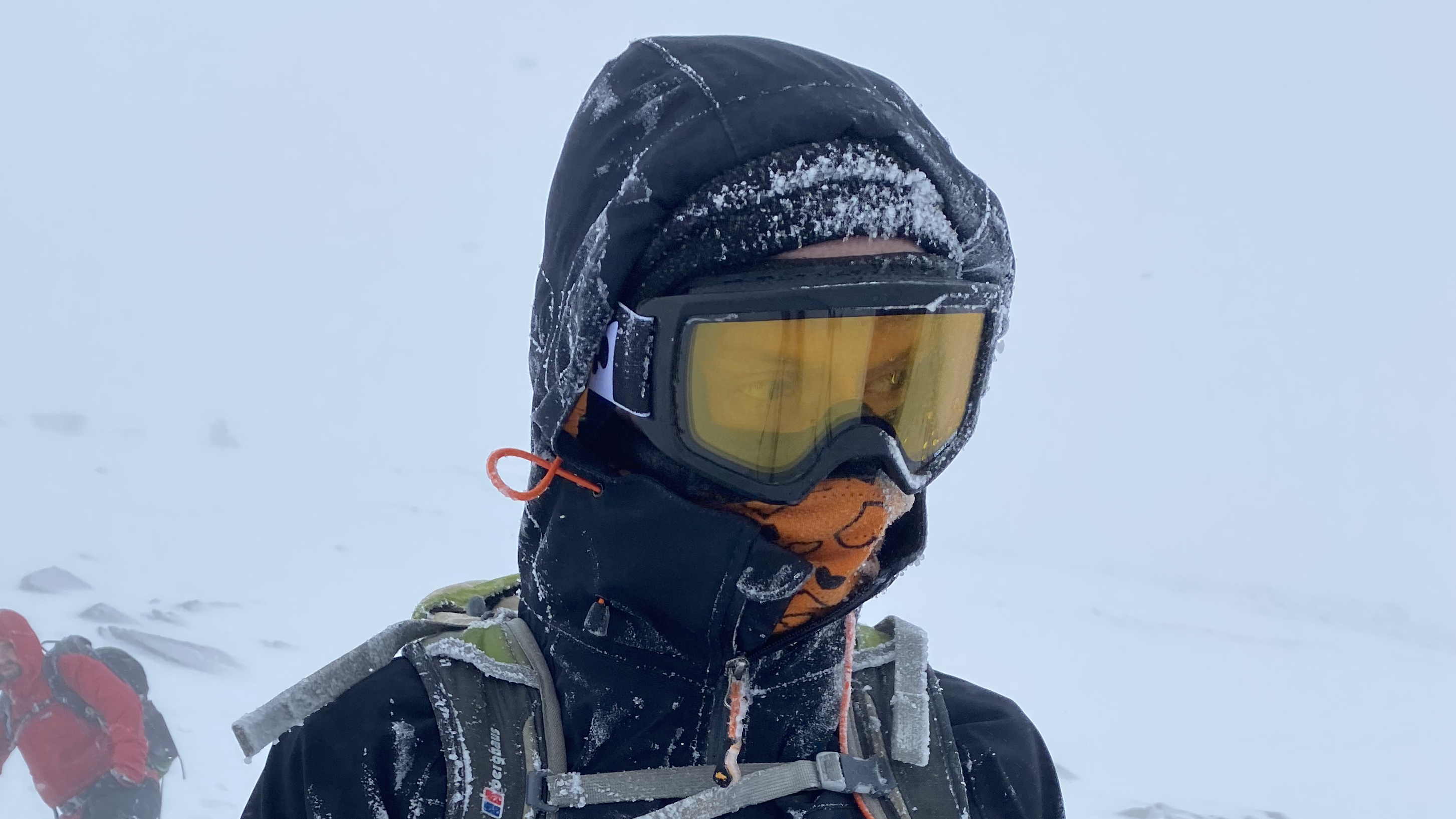
When it comes to climbing and mountaineering, there’s a huge difference between the word epic when it’s an adjective and when it’s a noun. If you come back from a trip to the Himalaya and your friends ask you how it went and your reply is something along the lines of, “Oh, man! It was absolutely epic,” you’ve probably had a good time. If your reply is something more akin to, “Oh, man! We had an epic,” the meaning is altogether different. You’ll either have a hollow look in your eyes, or you’ll be bouncing with a new found lease of life, having flirted a little with its end. Adjective: good. Noun: not so good.
So, what is an epic exactly? One of our mountaineering experts is here to reveal all, consider a few high-profile examples, share his own tales and give guidance on how you can avoid being caught in one.
What is an epic?
An epic is a climbing trip or mountaineering expedition that goes wrong, usually leading to those involved remaining on the climb or out in the mountains much longer than planned, having to overcome mounting difficulties to escape. An epic can range in severity from becoming lost on a hike and subsequently getting caught out by the dark, to a full-on survival ordeal. Sometimes an epic may involve a rescue.
Any number of incidents or factors can lead to an epic, including kit failure, getting lost, a sudden injury, a dramatic turn in the weather, the underestimation of the technical difficulty of a route, inexperience, exhaustion, dropping a crucial piece of equipment and more. Often, it can be a combination of these that leads to a dangerous situation.
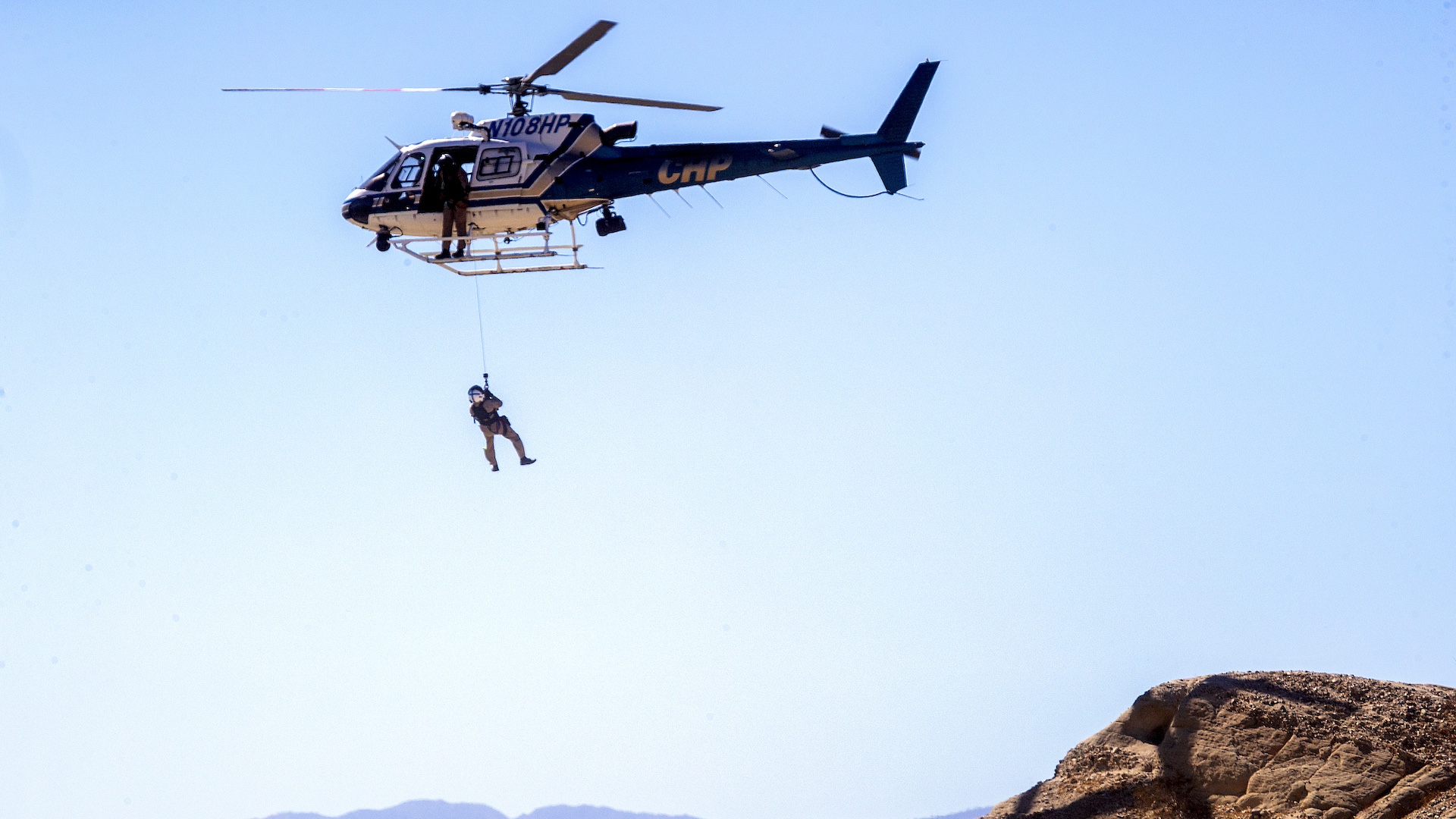
Typically, at some point during an epic the type 2 fun that many of us seek out when venturing into the outdoors gets shoved firmly into type 3 fun territory: I.e. not fun at all. The words harrowing and survival are often associated with an epic. However, the experience can be turned into a positive, as epics make for some of the most captivating mountaineering stories and the lessons learned from them should mean similar mistakes aren’t made again.
Many agree that when a fatality or a life-changing injury is involved, the expedition or climb should not be classed as an epic but as a tragedy or similar.
Meet the expert
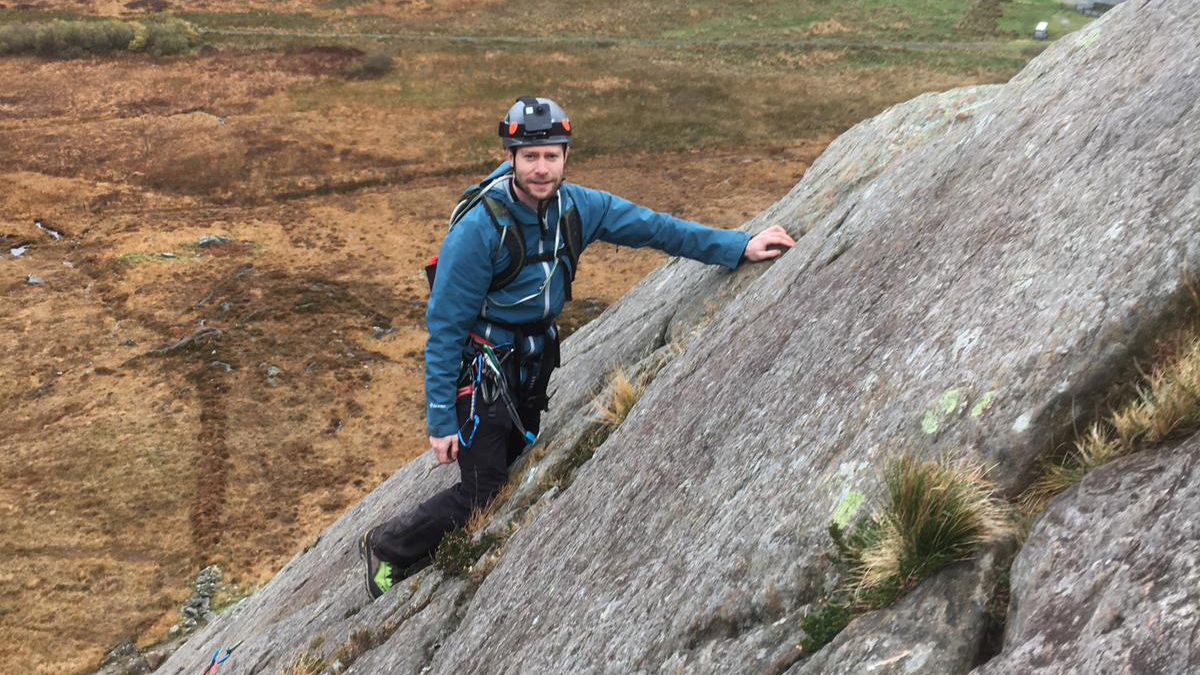
Alex is a keen mountaineer and former President of the London Mountaineering Club. His adventures in Britain and the Alps have led to many memorable adventures, though only a few that would scrape near epic territory. This is probably a good thing considering he’s a qualified Mountain Leader.
More on what constitutes an epic
- Whether or not something is an epic is relative to the individual in question
- What an elite climber would consider an epic may be different to what a leisure hiker would consider
- Epics are often newsworthy and usually make for great stories afterwards
Everyone’s interpretation of what constitutes an epic will be personal to them. Nimsdai Purja’s Beyond Possible, a book documenting his journey to climb all fourteen 8,000-meter peaks in seven months, opens with the phrase: Your extremes are my normality. I admittedly found this immediately irritating and put me off reading the rest of the book. However, it does underline that what a top mountaineer would consider to be an epic is likely to be way beyond what a casual hiker might consider to be a bit of a close shave. So, epics are relative to each individual and also the point it occurs during their own life of adventure.
Advnture Newsletter
All the latest inspiration, tips and guides to help you plan your next Advnture!
Epics are sometimes newsworthy, particularly if they involve a rescue or the people involved are missing for a significant amount of time. We recently reported the story of two climbers becoming stuck on a multi-pitch route on Mount Whitney. The rescue crews that came to their aid stated that the pair were “beyond their skill level”, adding that the “mission was the result of a series of bad decisions (until the good decision to call for help) that were entirely avoidable if proper preparation had been done.”
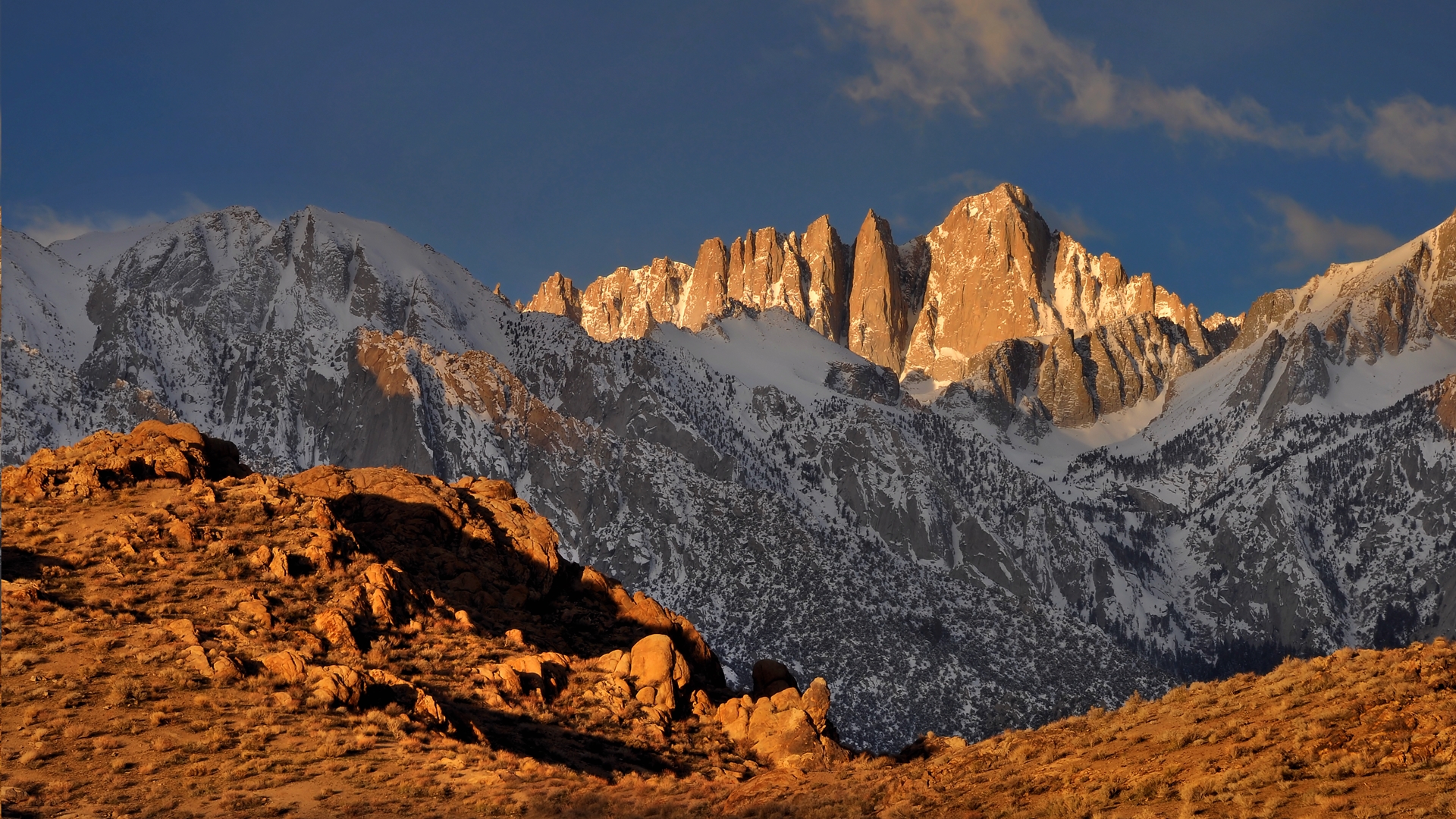
One thing epics all have in common is that they make for great stories, often once enough time has passed for the ordeal not to feel so present. Whether it's in the local climber's pub or on stage at mountain festivals, climbers often enjoy regaling their tales of derring-do and survival.
Speaking of the pub, while researching this feature, I scrawled through countless message boards to get different takes on the definition of an epic. My favorite came from a British climbing site: “It's when you miss last orders [at the pub]”.
High-profile epics
- There are many tales of epics involving famous climbers and mountaineers
- Joe Simpson's Touching the Void ordeal on Siula Grande in the Peruvian Andes in 1985 is perhaps the most famous
- The first ascent of K2 in 1954 ended up being an epic for legendary alpinist Walter Bonatti
- Chris Bonington and Doug Scott's harrowing ordeal on the Ogre in 1977 is another well known epic
There have been countless epics involving famous climbers and mountaineers, while many people have been made famous by the epic that they were involved in, as is the case with Joe Simpson's ordeal. Below are just a few notable examples, there are many, many more.
SPOILER ALERT: these three tales are all documented in various media forms, so if you don't want the specifics of the stories ruined, skip past them.
Joe Simpson touches the void
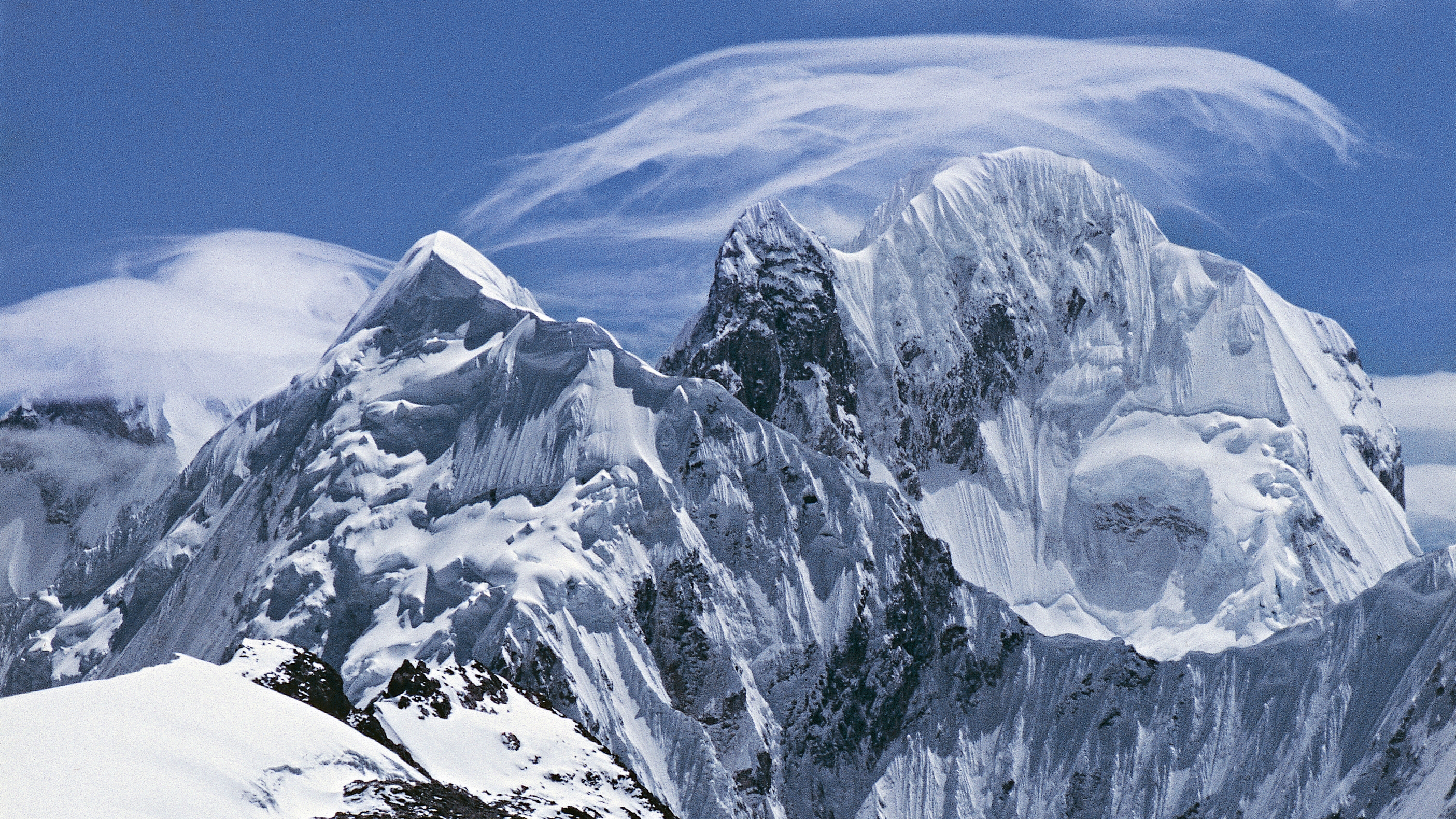
Perhaps the most famous tale of an epic in the big mountains was wonderfully documented by Joe Simpson’s 1988 book Touching the Void, which has since become an acclaimed documentary (one of Advnture's best climbing films) and a theater production in London's West End.
For the uninitiated, having reached the summit, Simpson suffered a fall and broke his right leg. This forced a hasty retreat, with climbing partner Simon Yates lowering Simpson from the North Ridge using two lengths of rope. Having made it most of the way down, Yates inadvertently lowered Simpson over the edge of a cliff and he was unable to climb back up the rope. In order to save his own life, Yates made the decision to cut the rope, very much the most iconic moment in the tale.
Simpson miraculously survived the fall, having landed on a snow ledge in the jaws of a crevasse. With no other choice, he crawled deeper into the abyss, before finding a way out and crawling and hopping five miles back to base camp, spending three days without food and water. It's considered one of the classic modern survival stories.
Walter Bonatti's big night out
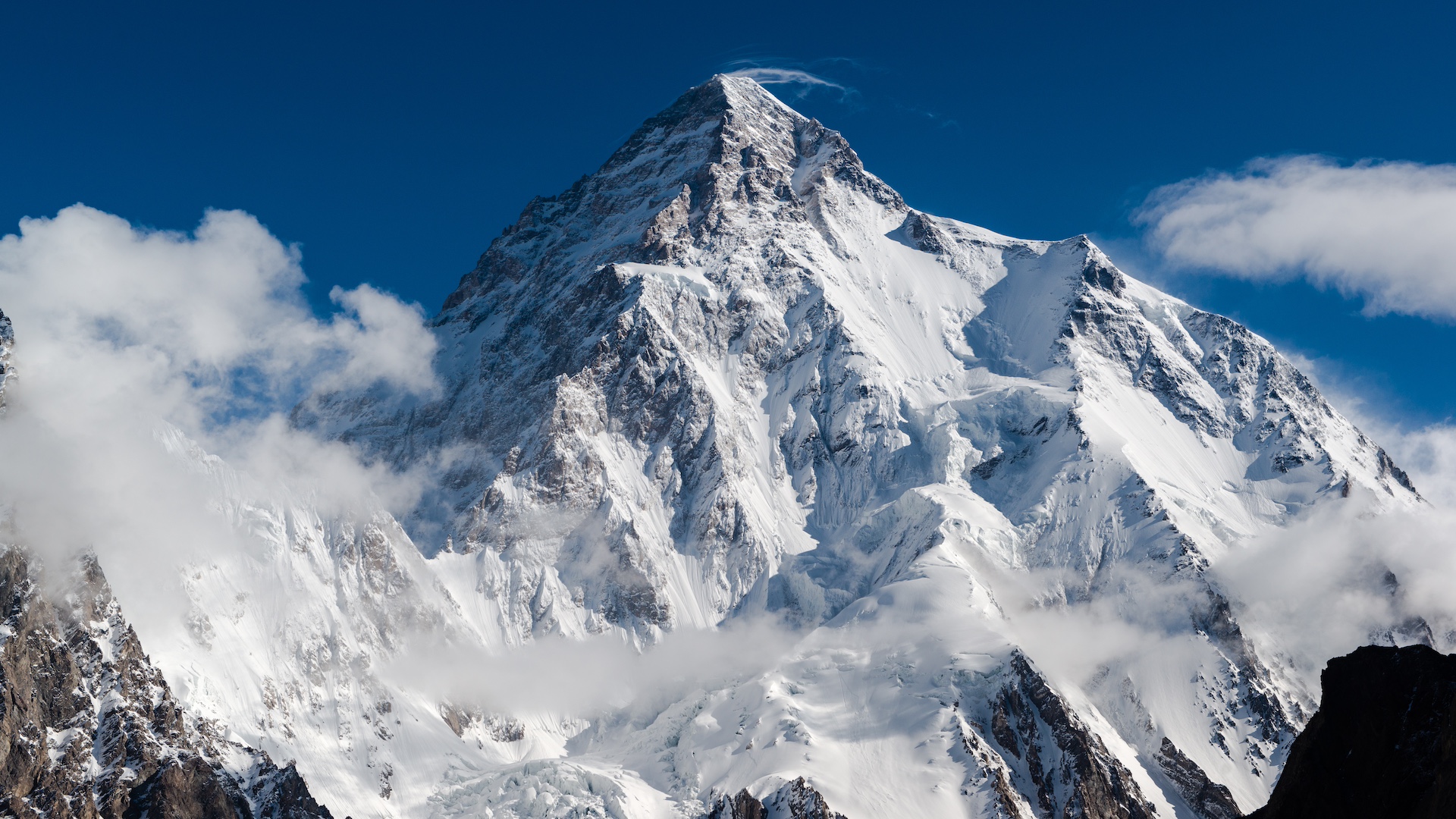
The successful first ascent of the iconic K2 in Pakistan’s Karakorum in 1954 was an Italian expedition. The youngest member of the team was the burgeoning alpinist, Walter Bonatti, included in our list of the world's greatest mountaineers. During the summit push, his job was to take oxygen cylinders up to Camp IX with native a Hunza climber named Amir Mehdi. However, the pair who would go on to successfully reach the summit, Lino Lacedelli and Achile Compagnoni, had placed Camp IX higher than had been agreed with Bonatti.
Bonatti and Mehdi reached the previously agreed point at around 8,100 meters, above the 8,000-meter threshold commonly referred to as the Death Zone, due to the debilitating effect of that kind of altitude. Mahdi was noticeably struggling and there was no way the pair could have reached the relocated Camp IX. This forced an open bivouac without so much as a sleeping bag for warmth. Mahdi lost his toes, though Bonatti escaped relatively unscathed.
The controversy that followed would mar what should have been a glorious achievement for Italian alpinism. Bonatti accused Lacedelli and Compagnoni of knowingly moving the location of the camp so that Bonatti wouldn't have the possibility of going for the summit with them. It's likely that the prodigiously talented Bonatti would have achieved this feat without oxygen, thus outdoing Lacedelli and Compagnoni's own oxygen-assisted summit. Lacedelli and Compagnoni's version of events led to Bonatti being ostracized by the climbing community. However, in light of mountain evidence, Bonatti's account was finally proved to be true in 2007.
Bonatti would go on to be one of the greatest mountaineers of all time and was the first recipient of the Piolet d'Or Lifetime Achievement Award in 2009, a prize that was then named in his honor. For a full accounting of the K2 epic, Bonatti’s book The Mountains of My Life is a terrific read.
Bonington and Scott battle the Ogre
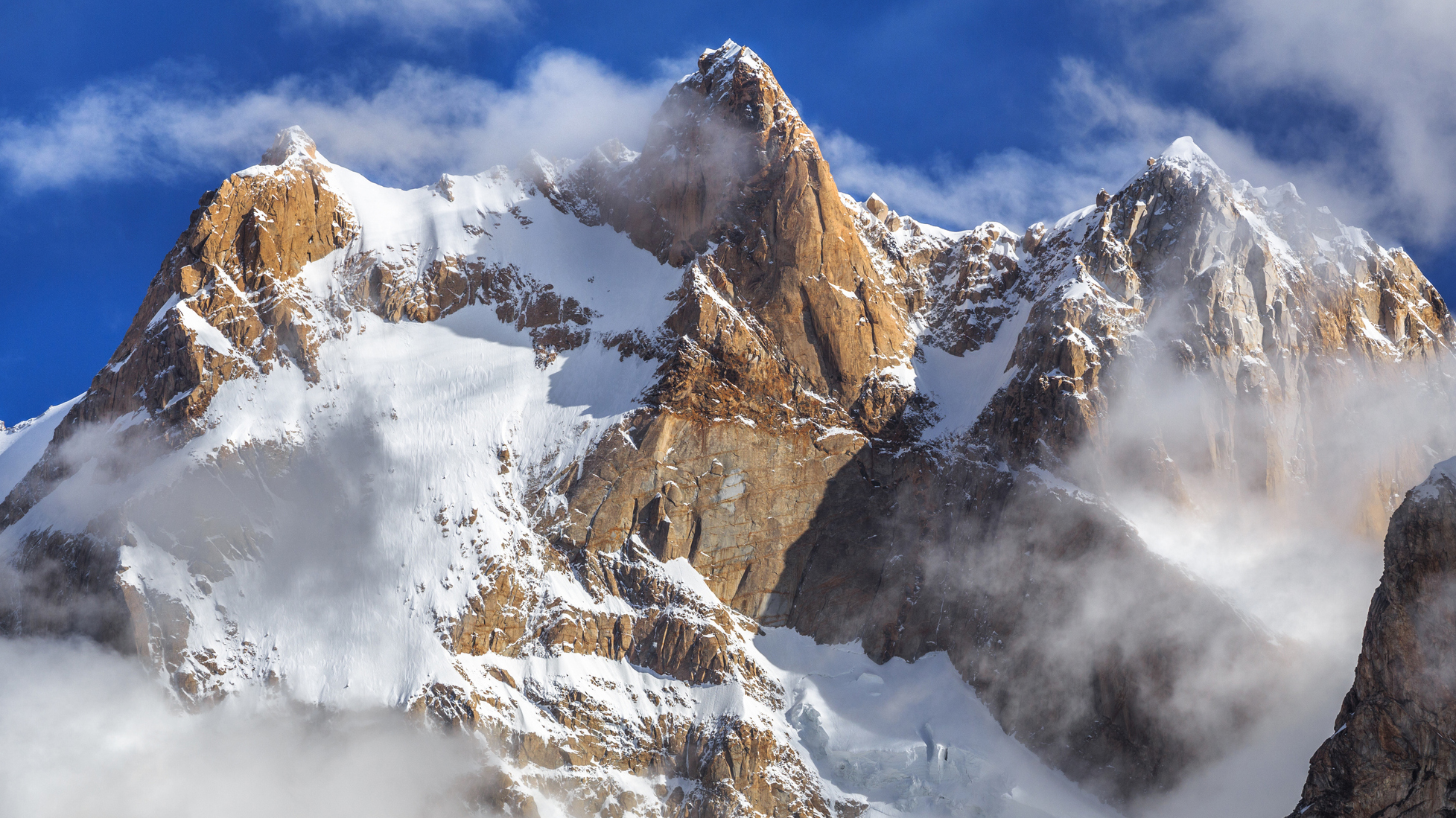
Chris Bonington and Doug Scott are two of Britain’s most famous mountaineers. Like Bonatti, they were also recipients of the Piolet d’Or Lifetime Achievement Award, in 2015 and 2011 respectively. Bonington recently celebrated his 90th birthday.
However, they both suffered a harrowing epic on Pakistan's Baintha Brakk, a formidable 7,285-meter giant and one of the most challenging mountains in the world. Fittingly, it's more commonly known as The Ogre. This was no classic mountain peak but a “complex of granite buttresses and walls, threaded with icy gullies and ice slopes, leading to a three-headed crown towering above the Baintha Brakk glacier,” recalls Bonington in his book, Ascent.
On 13th July 1977, Scott and Bonington made a stunning first ascent but things quickly took a turn for the worse, to put it mildly, on the descent. During the icy rappel from the summit, Scott fractured both his legs just above the ankle. They saw out the sight on an improvised ledge and started their brutal descent the next morning.
They met up with other members of the expedition team below the summit and refuelled. However, a violent storm swept in, engulfing the mountain. With supplies running low, fatigue setting in and the injured Scott to get off the mountain, they had no choice but to descend through the storm. Bonington suffered a major fall during a subsequent repel, breaking his ribs. Thanks to teamwork, grit and determination, and a positive turn in the weather, the group eventually made it back to base camp after descending for a week.
Even in the midst of it all, Bonington, while seriously concerned about developing a pulmonary oedema joked: “We're going to make a fortune out of this with the book.”
My own experiences
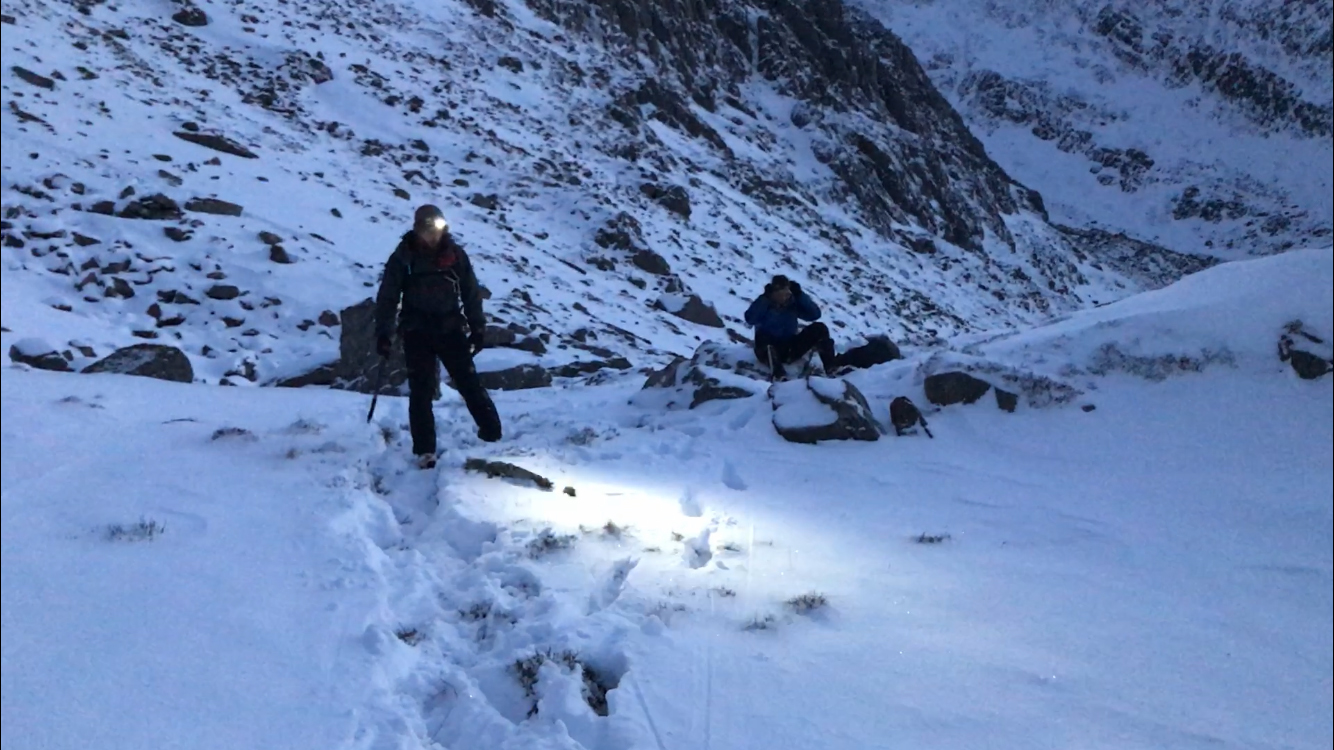
My own experience of epics are on the less severe end of the scale – limited to a badly judged wild camp that came early in my apprenticeship with the outdoors; and a winter mountaineering day that ended in darkness and an improvised abseil.
The former I can put down to inexperience, inadequate kit and a sudden change in the weather. A friend and I had set up camp below the summit of Scafell Pike in the English Lake District. In our inexperience, we hadn’t considered the exposed position, the alignment of the tent with the wind direction and the potential for the conditions to rapidly deteriorate through the night. We were woken in the early hours by severe gusts, heavy rain and a snapped tent pole. Unable to stay in our beleaguered shelter, we decided to pack out, hiking through atrocious conditions in the dark for several hours, floundering with some dubious navigation calls and eventually making it back to the car, dripping wet and freezing. Not a survival story, but definitely a case of an expedition gone wrong and, at that point in my apprenticeship with the hills, a real epic.
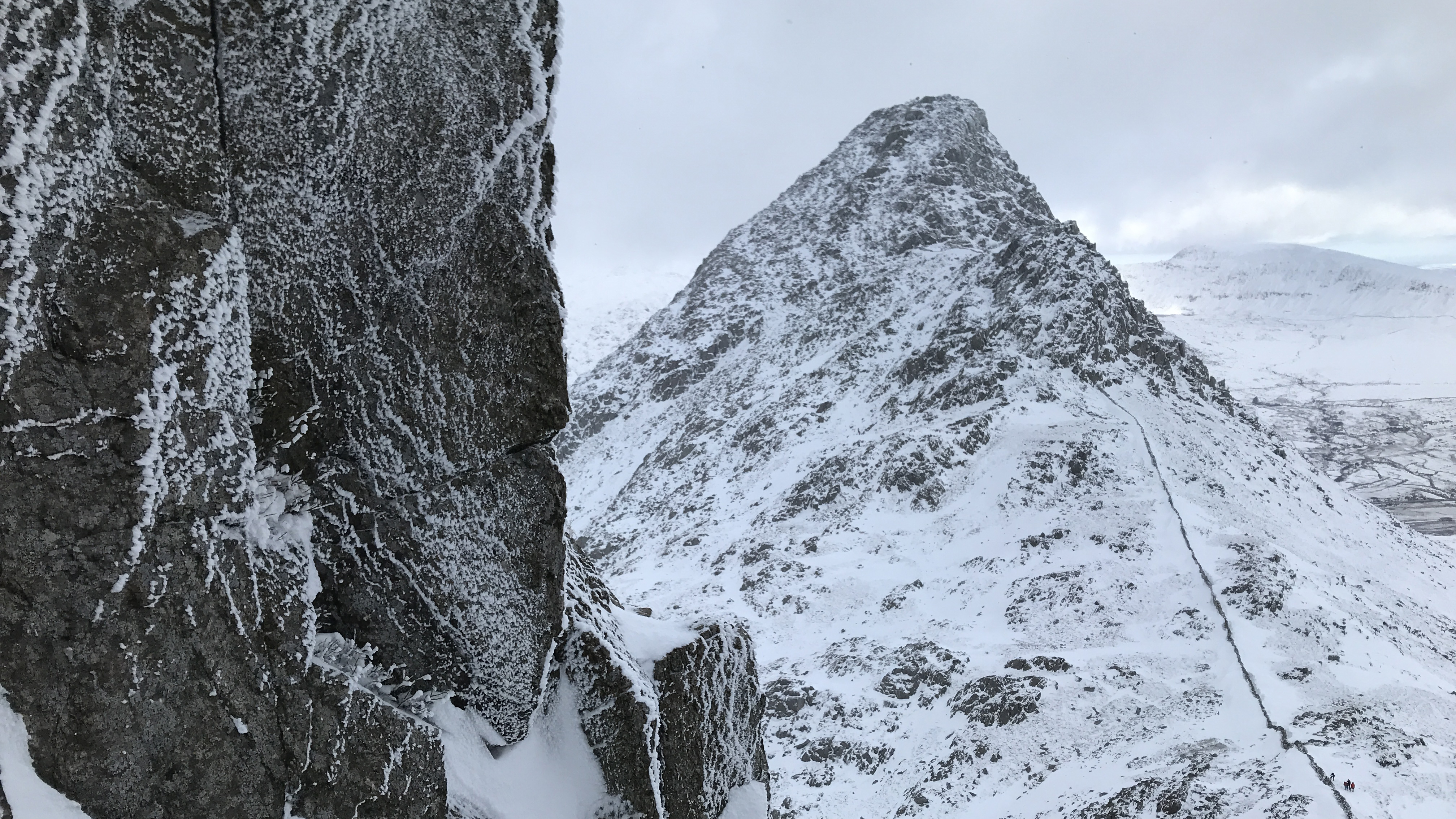
The second case I can put down to inadequate equipment, inexperience and underestimation of the route. Three of us decided to climb Eryri’s (Snowdonia) Tryfan North Ridge followed by Glyder Fach’s Bristly Ridge in winter. The other two had climbing equipment, but I was relatively confident I could climb the routes without, having done them in summer without any issues.
We tackled Tryfan no problem but during the descent, one of my friends lost a crampon, and he didn't realise it had come off for quite a while. We retraced our steps and found it but the detour had cost us precious time. A bottleneck had formed at the deliciously named Sinister Gully at the base of Bristly Ridge, with several roped parties taking considerable time to ascend.
Again this cost us precious minutes and by the time we were halfway through the route, we realised darkness was bound to snare us. Cue an impromptu rappel and hasty descent through the deepening dark. Of course, I didn’t have a harness, so my friend had to send his up on the rope, having already rappelled. Again, this was only a minor epic and one that I actually look back on with fondness. It definitely had all the ingredients of an epic, perhaps without the terror.
Generally though, I’d like to think I’ve managed to avoid any serious epics. Which brings us nicely to...
How to avoid getting into an epic
Build your skills with trained professionals: book a guide or enrol on a mountaineering or climbing course to gain skills and confidence.
Always check the weather forecast and (if applicable) avalanche forecast: Mountain weather and avalanche forecasts will guide you on what to pack, where to go, what route to take and what to expect.
Plan safe escapes from your chosen route: Things can go wrong. Plan safe escape routes so that you don’t have to improvise and end up on something even more technical.
If you’re heading out on a committing route, make sure it’s within your grade: Don’t push your climbing or mountaineering grade on a route that requires significant commitment. It may be that you’re climbing somewhere remote or that the route doesn’t have many possible escape routes. If this is the case, do a route that's within your comfort zone in terms of technicality.
Ensure you have the appropriate equipment for the conditions: This is particularly crucial in winter, when the weather can be extremely challenging. You should have an ice axe, crampons, goggles, spare layers, spare gloves and hats, a down jacket and an emergency blanket or blizzard jacket.
Check and double check your equipment and supplies: Running out of battery, water, food or fuel aren’t options in the wilderness. Forgetting your crampons or headlamp could have serious consequences. Check and double check everything, including ropes for wear and tear.
Climb with people you trust: It’s essential to climb with someone you trust to enable proper communication during the adventure.
Alex is a freelance adventure writer and mountain leader with an insatiable passion for the mountains. A Cumbrian born and bred, his native English Lake District has a special place in his heart, though he is at least equally happy in North Wales, the Scottish Highlands or the European Alps. Through his hiking, mountaineering, climbing and trail running adventures, Alex aims to inspire others to get outdoors. He's the former President of the London Mountaineering Club, is training to become a winter mountain leader, looking to finally finish bagging all the Wainwright fells of the Lake District and is always keen to head to the 4,000-meter peaks of the Alps. www.alexfoxfield.com

